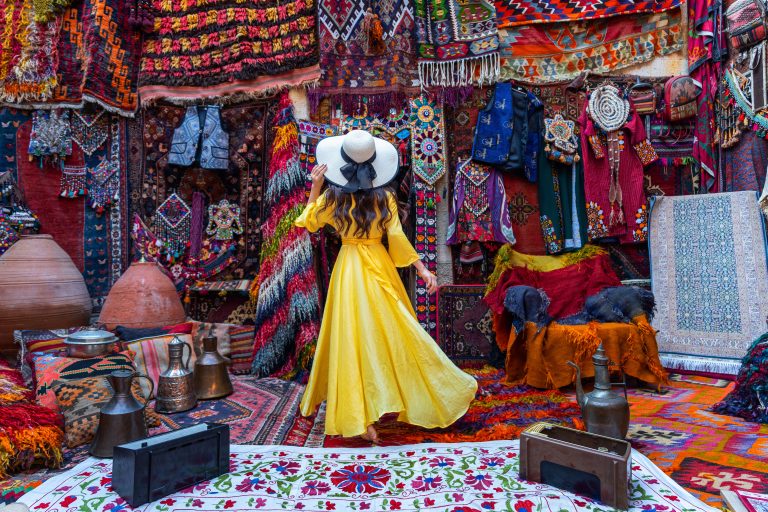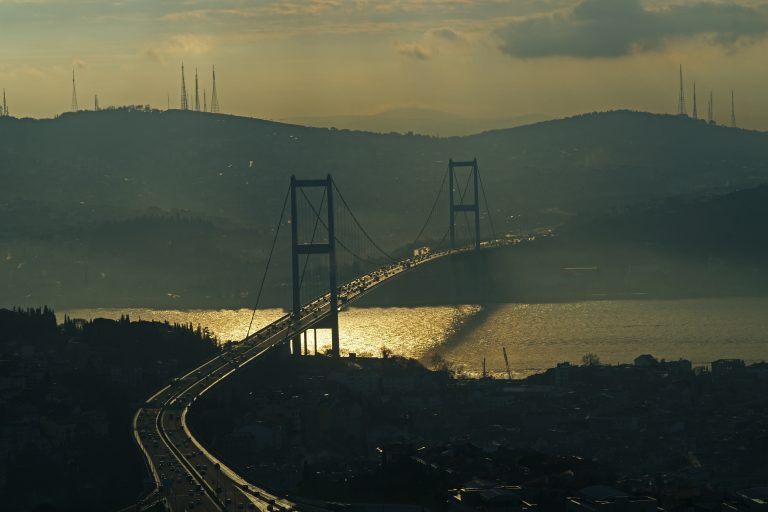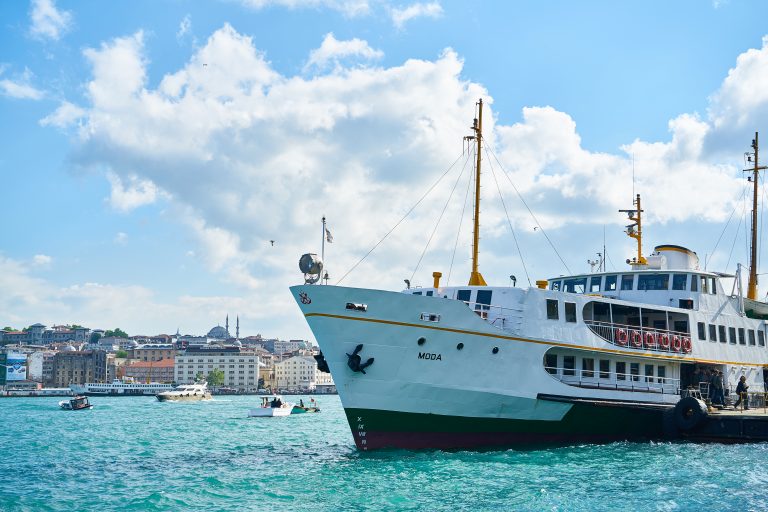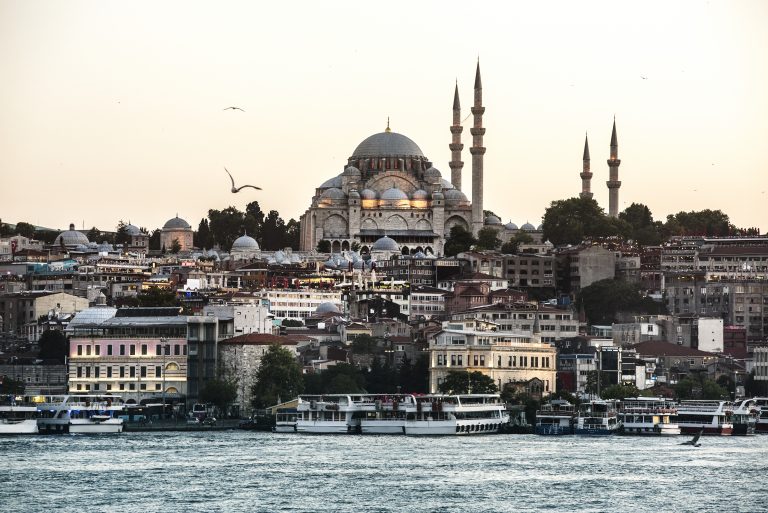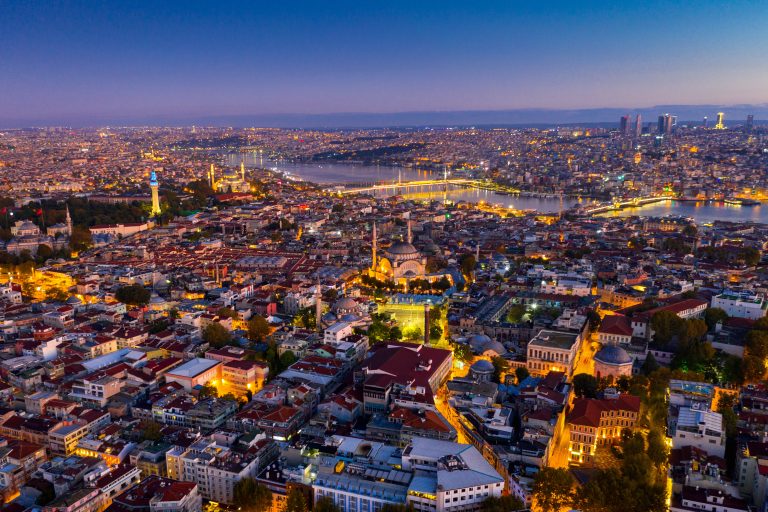About İstanbul
- Home
- About İstanbul
Istanbul at a Glance
Istanbul; the world’s one of the most ancient metropolis with its rich history and wonderful nature. With its 8.500 years of history, İstanbul is the former capital of Roman, Byzantine and Ottoman Empires. Separeted to two continents, Asian and European, the city is an ideal example of the natural beauty.
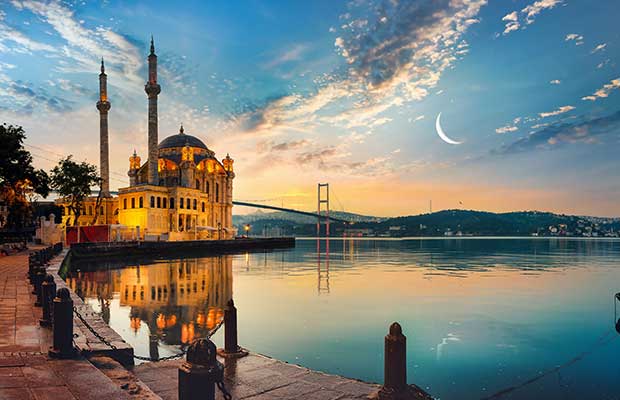
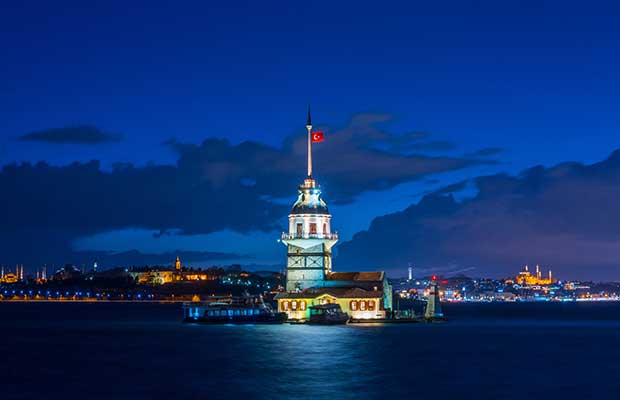
The Past, the Present and the Future
Byzantium, Agusta Antonina, Dersaadet, Asitane, Constantinople, Konstantiniye… Istanbul had many different names and hosted many different cultures during its history. The name was officially changed to Istanbul in 1930. Istanbul is famous as one of the most frequently besieged cities in the world. Before being conquered by the Turks, its assailants included the Persian Darius (513 BC) the Athenian Alcibiades (408 BC) the Macedonian Philip II, the Arabs, the Bulgarians and the armies of the Fourth Crusade.
Istanbul has been home to various cultures since at least the Neolithic Period. According to records, the city have been founded in the 7 BC by colonists from Megara, led by the legendary Byzas. Once settled by Byzantines and took the name of Byzantium, the city became the supreme trade and commerce center. In 330 AD, Constantine I allowed the public practice of the Christianity and consequently the city became the symbol of Christian triump.
Until 1453, Turks had already tried to conquer Constantinople four times but it was Mehmet II –who took the title of “Fatih” which means conqueror after the victory- who realized this Ottoman dream. After two years of preparations, the siege started on April 6 and continued during 53 days. Mehmet II took his ships to the Golden Horn by pulling them on oily wood pieces and surprised the Byzantine army.
Once taken by Turks in 1453; Constantinople became the Ottoman Empire’s capital until 1923, when the founder of the Republic of Türkiye Mustafa Kemal Atatürk moved the capital from Istanbul to Ankara.
In the early years of the republic Ankara took precedence over Istanbul but between 1940 and 1950 the city regained its importance via a great structural change. New public squares such as Taksim Square, boulevards and avenues are constructed all around the city. Starting from the 1970s, with the undeniable effect of migrations from Anatolia, the city’s population began to rapidly increase. The fact that the city hosted different civilizations and life styles throughout its history transformed Istanbul a one big metropolis embracing multiculturalism and appreciating the beauty of different praxis.
Today, 20 percent of Türkiye’s industrial labor and 38 percent of industrial workspace are provided by İstanbul which places the city in a central position for Türkiye’s economic life. The city is also the country’s art center with international fairs, film, music and theater festival, museums, art galleries, exhibitions and sports organizations like İstanbul 2010 European Capital of Culture and İstanbul 2012 European Capital of Sport. Easy accessibility with two international airports, numerous meeting and convention facilities, superior accommodation choices… 21th century’s İstanbul is the world’s one of the most important metropolises.
Highlights

The Maiden’s Tower
Maiden’s Tower take its roots in a popular legend about a maiden’s misfortune. Once upon a time, during the Byzantine Period, Emperor Constantine received a bad new about his lovely daughter: soothsayers told that she will soon be beaten by a snake and die. Got into a panic, the Emperor built an extended castle near the existing tower and placed his daughter in it, in order to avoid the fatal end. But the young and beautiful princess eventually died of a snakebite, caused by a snake entered the castle in a grape basket.
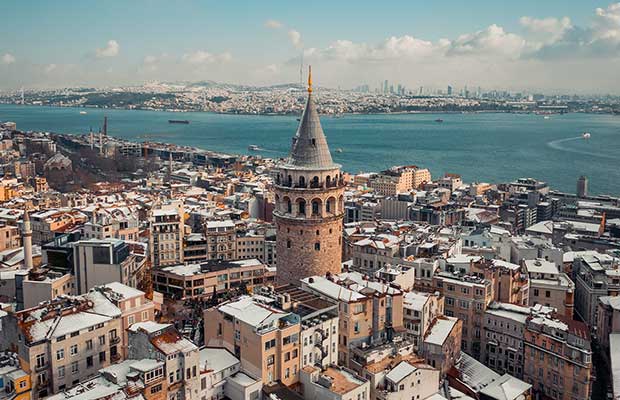
Istanbul City Walls
A legend says that Istanbul’s walls are built by angels. According to the legend; when Saint Constatine came to Istanbul from Rome with his army, one of the god’s angels saw him and said: “you have to settle here but don’t stop now, don’t look back, just keep riding your horse”. Obeying the angel’s orders, Saint Constantine rides his horse during the day and returns to the place where he first saw the angel. He realizes that the city’s entrance is covered by walls.
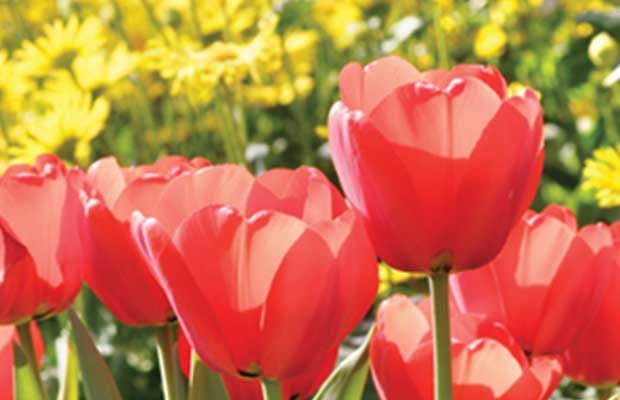
Nature & Climate
Combining the mediterranean and the Black Sea climate types, Istanbul is a city where four seasons can be experienced. Spring and automn are two unpredictable seasons with a range from chilly to warm. Tulips and judas trees are everywhere in İstanbul, which transforms the metropolis into a refreshing and adorable place. Many forests in İstanbul, including the famous Belgrad and Aydos Forests, create an escaping possibility of the metropolis’ crowd.
Temperatures
Low : 5ºC High: 9ºC
Low : 9ºC High: 18ºC
Low : 14ºC High: 24ºC
Low : 18ºC High: 27ºC
Low : 20ºC High: 33ºC
Low : 16ºC High: 23ºC
Low : 6ºC High: 13ºC
Istanbul: Facts & Figures
Basic facts and figures on Istanbul which will facilitate your sojourn in the city.
İstanbul Ticaret Odası Ek Hizmet Binası Hobyar Mah. Seyhulislam Hayri Efendi Cad. No:14 K:6 Fatih – 34112 İstanbul


